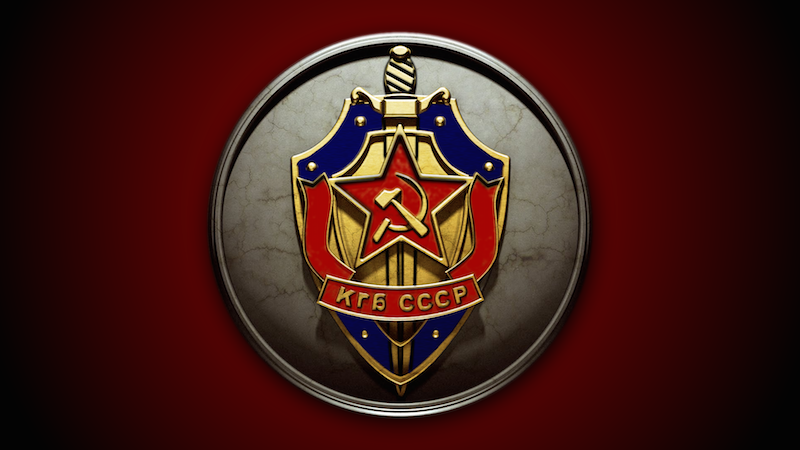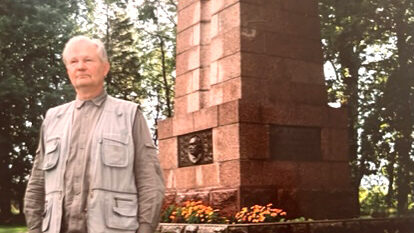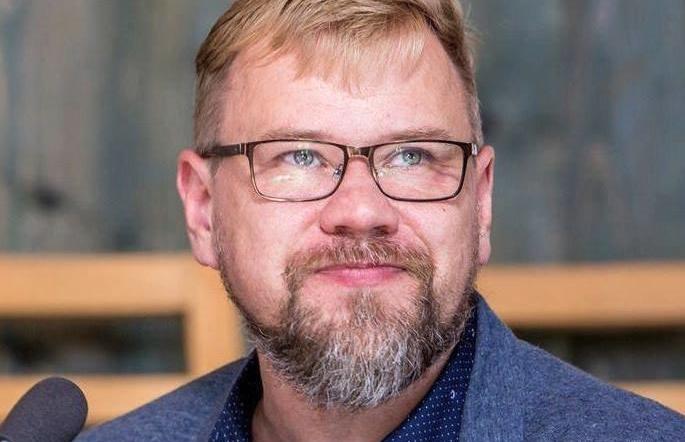Thirdly this is offensive to totally innocent people who had been directly suppressed and didn't have the means to resist the communist regime. They do not bear any responsibility for what had happened. Accountable are those whose actions helped the occupation forces maintain a repressive and corrupt governance from 1940 to 1991 when independence was regained. Mass repressions were meant to, amongst others, eliminate the societal elite of the pre-occupation period. The development of a corps of collaborators bears no relationship to the ‘good or bad' nature of the local population. Collaborators were an essential part of the control mechanism of the totalitarian regime.
Viru hotel was built to provide accommodation to foreign visitors. The hotel's contingent of the KGB and other agencies were ostensibly tasked with protecting foreigners from local predators such as prostitutes and foreign currency speculators. This was laughable to local Estonians. In reality the protection was mounted against suspicious visitors. All collaborators were in close contact with secret service handlers.
Legend has it that the Soviet intelligence service was the best to be had with professional personnel motivated by patriotism, zealousness and deeply rooted sense of honour. The KGB was in fact a ‘military' organization, with clear lines of subordination with well delineated ranks and structural positions. Subordinates were accountable for their own work and for all those lower on the organizational ladder.
Foreign observers are surprised when they discover how the higher ranks of the Russian government are occupied by former secret service officers and collaborators. The archetype of the highly placed public official is not just as the servant of political power, but one who has implemented actions commensurate with his own vision.
Many within the security and intelligence services are second and third generation members pursuing the same career path. They have developed a collective sense of continuity between generations. They themselves choose an acceptable ideology and the means to realize it within society. The former secret services senior personnel have become the leadership of the country who have since 1999 taken over the crucial power positions in government.
These are individuals whose past experience involved hidden activity in an environment closed to public scrutiny in a closed society. These conditions lead easily to conspiracy theories. Those that spawn and nurture them have a simplistic and limited understanding about the dynamics of society and an individual's role in it. In simple terms a group is destined to take and keep control. The most fertile ground for the breeding of conspiracy theories is the Kremlin with its legions of propaganda specialists.
Twenty five years ago the momentum of the ‘singing revolution' in Estonia was able leave behind the image of society as held by the communist party and its security services. In Russia, a system that was widely touted as being dead was not buried. It's most hallowed symbol, Lenin's mummy, still remains on respectful exhibition in Red Square.
Laas Leivat




